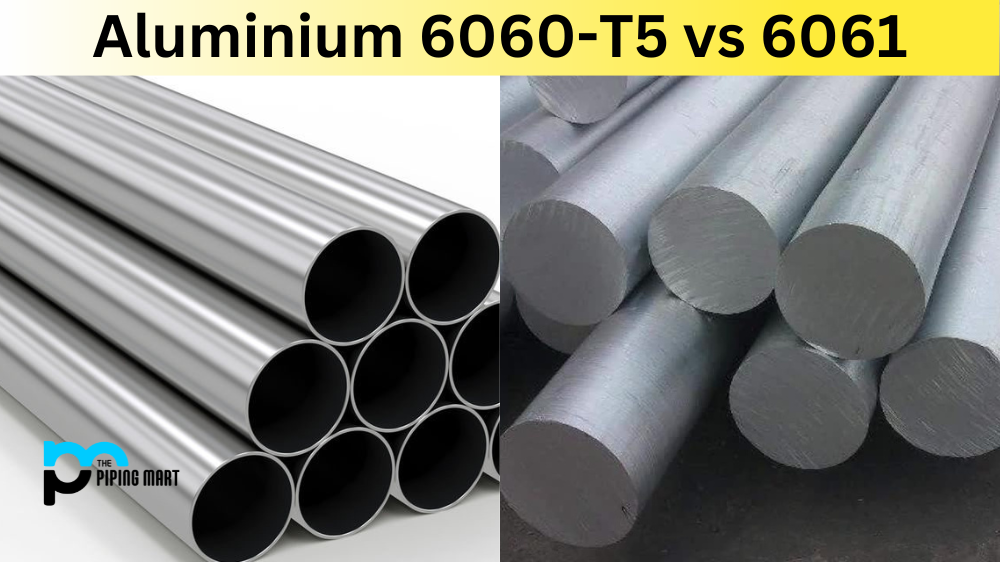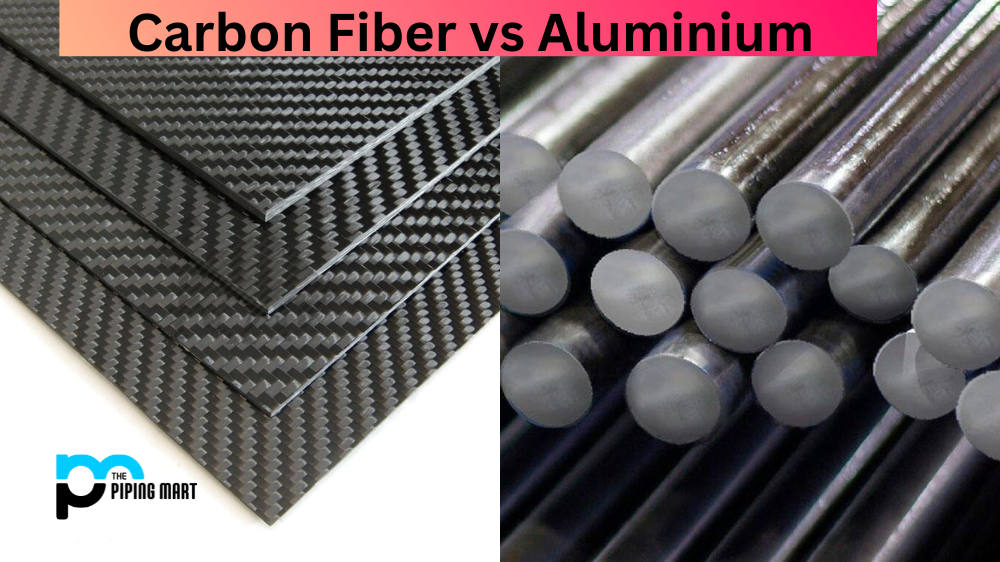Aluminium is a popular metal choice for various applications due to its excellent strength-to-weight ratio, corrosion resistance, and durability. Among the different aluminium grades, two are the most commonly used for industrial and architectural purposes 6060-T5 and 6061. While they may seem similar, there are significant differences between the two. In this blog post, we will compare and contrast the features of Aluminium 6060-T5 and 6061 to help you determine which one is better suited for your specific needs.
Difference Between Aluminium 6060-T5 and 6061
Chemical Composition
Regarding the chemical composition, the primary difference between 6060-T5 and 6061 is the presence of magnesium in 6061. Aluminium 6060-T5 contains less magnesium, making it a more malleable and softer material than 6061. On the other hand, 6061 has better strength and hardness due to the presence of magnesium and silicon in its alloy.
Strength and Rigidity
Strength and rigidity are essential when choosing aluminium for structural applications. 6060-T5 has a higher elongation and can bend more easily than 6061, making it suitable for intricate designs. However, 6061 is a harder and more robust material, making it better for high-stress applications.
Welding and Machining
Welding and machining are two processes that can significantly impact the quality of the finished product. Aluminium 6060-T5 has better welding and machining properties than 6061, making it easier to work with. However, 6061 can handle more intense machining processes, giving it an edge over 6060-T5 in specific applications.
Applications
The choice of aluminium grade ultimately depends on the specific application. Due to its malleability and corrosion resistance, 6060-T5 is commonly used for architectural projects, such as window frames, doors, and handrails. Meanwhile, 6061 is an excellent choice for aerospace components, marine hardware, and automobile parts requiring high strength and durability.
Cost
Finally, the cost is another factor to consider when choosing between Aluminium 6060-T5 and 6061. 6060-T5 is generally cheaper than 6061 due to its lower magnesium content, making it a more cost-effective option for budget-conscious projects.
Conclusion
Aluminium 6060-T5 and 6061 have advantages and disadvantages, making them ideal for different applications. When deciding which one to use, consider the intended use, budget, and desired properties. By examining and comparing the chemical composition, strength and rigidity, welding, machining, applications, and cost of each, you will better understand which will suit your project’s needs.

Hey, I’m Krutik, a casual blogger expert in the metal industry. I am passionate about providing valuable information to my readers. With a background in engineering and construction, I like playing Cricket & watching Netflix shows in my free time. Thank you for visiting my blog, and I hope you find my information helpful!




